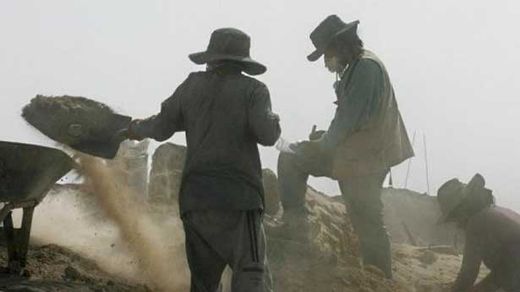OF THE
TIMES
A nation that continues year after year to spend more money on military defense than on programs of social uplift is approaching spiritual doom.
I feel less safe, knowing this. Less safe from any western government.
🐒🐵🐒 Hear No, See No, Speak No.
George never actually fessed up that he cut down a cherry tree.[Link]
It seems to me - century old cherries must have value - did Washington anticipate this - that ole French - Indian war commander? If so, sons of...
I got my own personnel assets been "confiscated" by these mother fucker - "RSX" out of Van-Eck and mother fuck them - if you steal from a pirate...
To submit an article for publication, see our Submission Guidelines
Reader comments do not necessarily reflect the views of the volunteers, editors, and directors of SOTT.net or the Quantum Future Group.
Some icons on this site were created by: Afterglow, Aha-Soft, AntialiasFactory, artdesigner.lv, Artura, DailyOverview, Everaldo, GraphicsFuel, IconFactory, Iconka, IconShock, Icons-Land, i-love-icons, KDE-look.org, Klukeart, mugenb16, Map Icons Collection, PetshopBoxStudio, VisualPharm, wbeiruti, WebIconset
Powered by PikaJS 🐁 and In·Site
Original content © 2002-2024 by Sott.net/Signs of the Times. See: FAIR USE NOTICE

There are too many ways to get to the Americas.
Seems like the bigger question is why there is so little evidence that the Americas have not been populated as long as Africa, Asia and Europe have been.